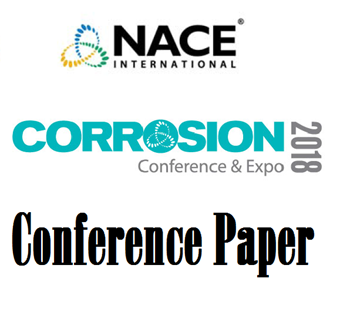Search
96568 WATER MANAGEMENT CHALLENGES AT THE WORLD’S LARGEST INTEGRATED OIL SANDS MINING AND REFINING COMPLEX.
Also Purchased
51312-01071-Rubber Linings for the Mining Industry
Product Number:
51312-01071-SG
ISBN:
01071 2012 CP
Publication Date:
2012
$20.00
51313-02137-The Impact of Corrosion on Mine Water Supply Systems
Product Number:
51313-02137-SG
ISBN:
02137 2013 CP
Publication Date:
2013
$20.00
51318-10637-Wear Modelling of Dense Slurry Flow in Oil Sands Coarse Tailings (CT) Pipelines
Product Number:
51318-10637-SG
$20.00




